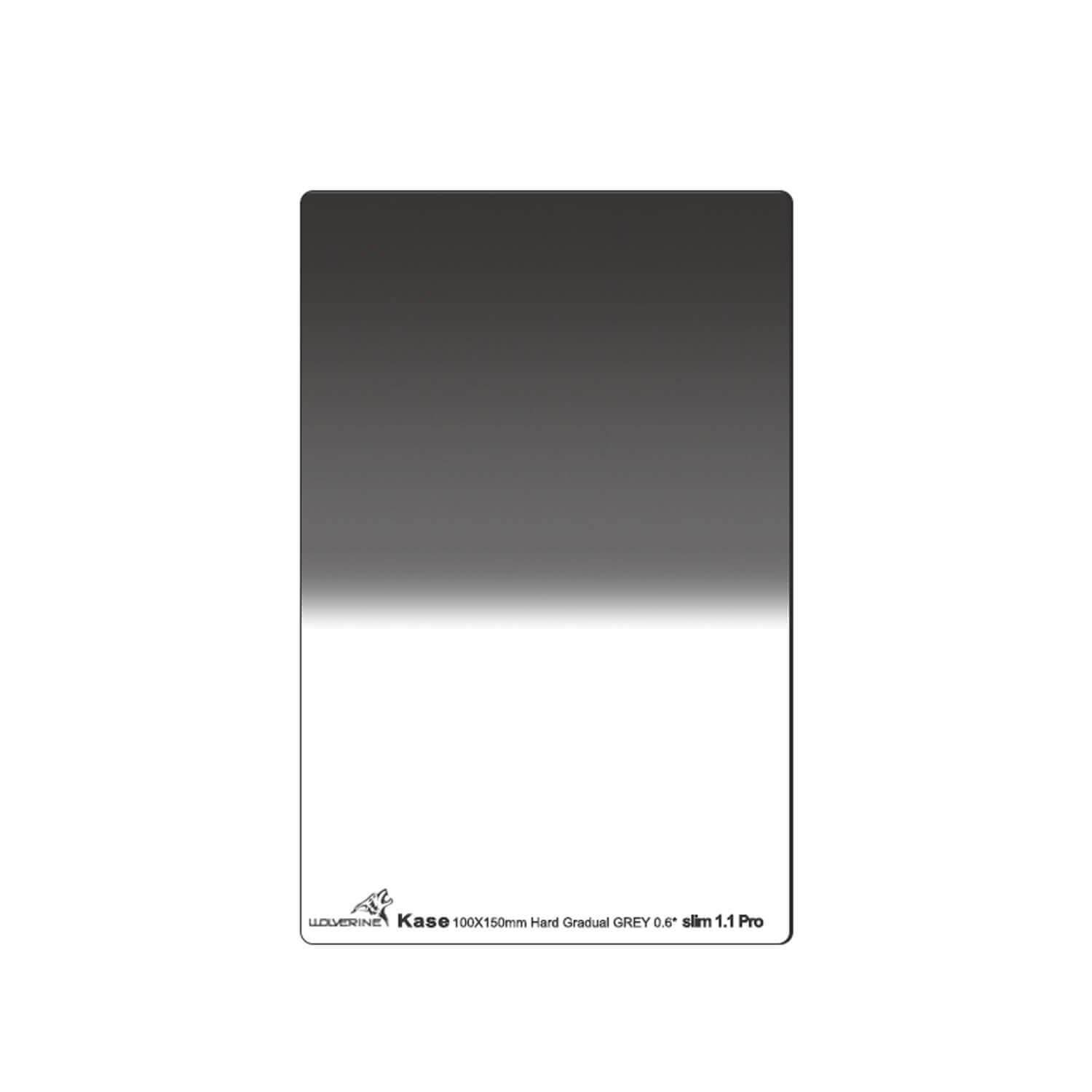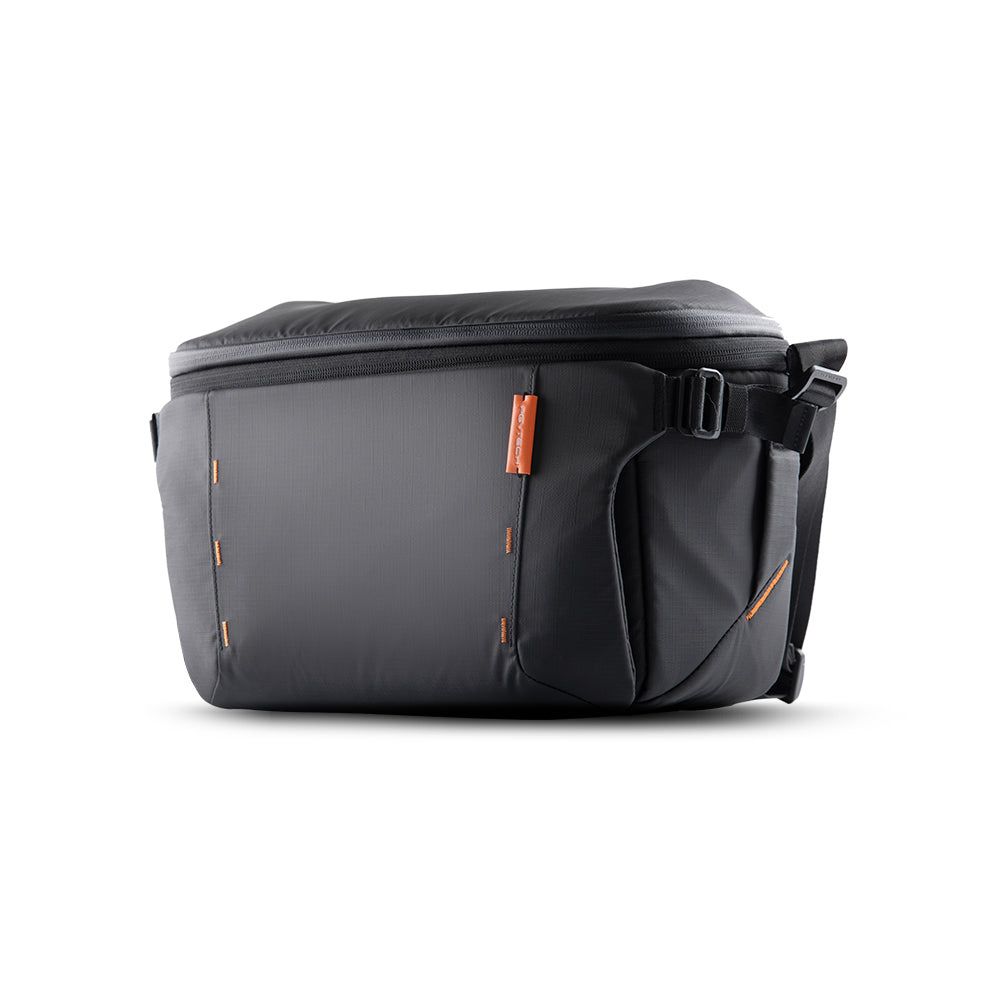Hard graduated neutral density (GND) filters from Kase
Kase hard GND filters are a valuable tool for anyone shooting seascapes and other types of landscapes. With hard gradient filters, you can balance the highlights and lowlights and shoot even with difficult lighting conditions.
Our hard graduated ND filters are available in different stops and sizes. Check our catalogue and find the filter that fits you!
-
Filter Holder
-
Filter Sets
-
Filter
-
Tripods
-
 Lenses
Lenses
-
Adapter Rings
-
Smartphone
-
 Charger
Charger
-
Accessories
-
Sale
-
Nice To Know
Filter products
In Stock
Not In Stock
In Stock
In Stock
In Stock
In Stock
Not In Stock
Not In Stock
Preorder possible
Features of Kase hard GND filters
Kase square hard GND filters are specifically designed for shooting landscapes with flat horizons you need to block the sun without affecting the rest of the image. Made of high-quality materials, hard graduated ND filters are easy to use and have multiple benefits:
- Excellent colour neutrality
- Oil- and water-repellent coating
- Shock-resistant optical glass
- Easy to clean
What is a hard GND filter?
A hard graduated neutral density filter (also known as hard-edge GND filter) is a type of gradient filter that has a sharp transition from the dark part on the top to the clear part in the middle. Due to the sharp line of the gradient, these filters are used for shooting when the horizon is relatively flat without protruding elements. As with all other graduated ND filters, hard GND filters are used to reduce the excessive light coming from the top part of the image and balance the exposure of the scene.
How does the hard graduated neutral density filter work?
A hard GND filter is a square filter divided into two sections where one half is clear and another one has a gradient filter from top to bottom. The filter is placed in a way that the dark gradient part covers the sky, and the clear part covers the dark area. The darkened part of the hard graduated neutral density filter reduces the amount of light from the brighter part of the scene before it enters the camera's sensor, meanwhile, the clear part allows the light from the darker part of the scene to pass through unaffected. As a result, the filter balances an exposure and allows you to capture vibrant colours and details of the scene.
When to use a hard GND filter?
Since they have a defined transition between the gradient filter and the clear part, they are best used when shooting landscapes with flat horizon lines without any protruding objects. For example, it can be used for capturing a seascape or field, but it may be not suitable for shooting mountains.
Hard graduated ND filters are good to use when the focal length is 70mm or above. They can replace a soft-edge GND filter in this case, since it will not have a strong effect with this focal length.
What is the difference between soft and hard GND filters?
Both hard and soft GND filters are made the same way: one part of the glass is clear, and another is covered with grey gradient. The main difference is that with a soft GND filter, the gradient appears as a smooth transition from dark to bright, while the hard GND filter has a sharp transition line between dark and bright areas.
With hard graduated ND filters, you can shoot landscapes with flat horizon lines, while soft graduated neutral density filters can be used for landscapes with no straight horizons or with objects appearing on the horizon (e.g., mountains).
People who viewed hard GND filters also viewed
Preorder possible
In Stock
In Stock
In Stock
In Stock
Preorder possible
In Stock
In Stock
In Stock
In Stock



















